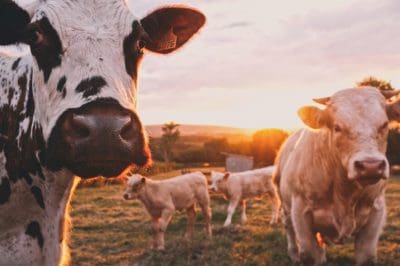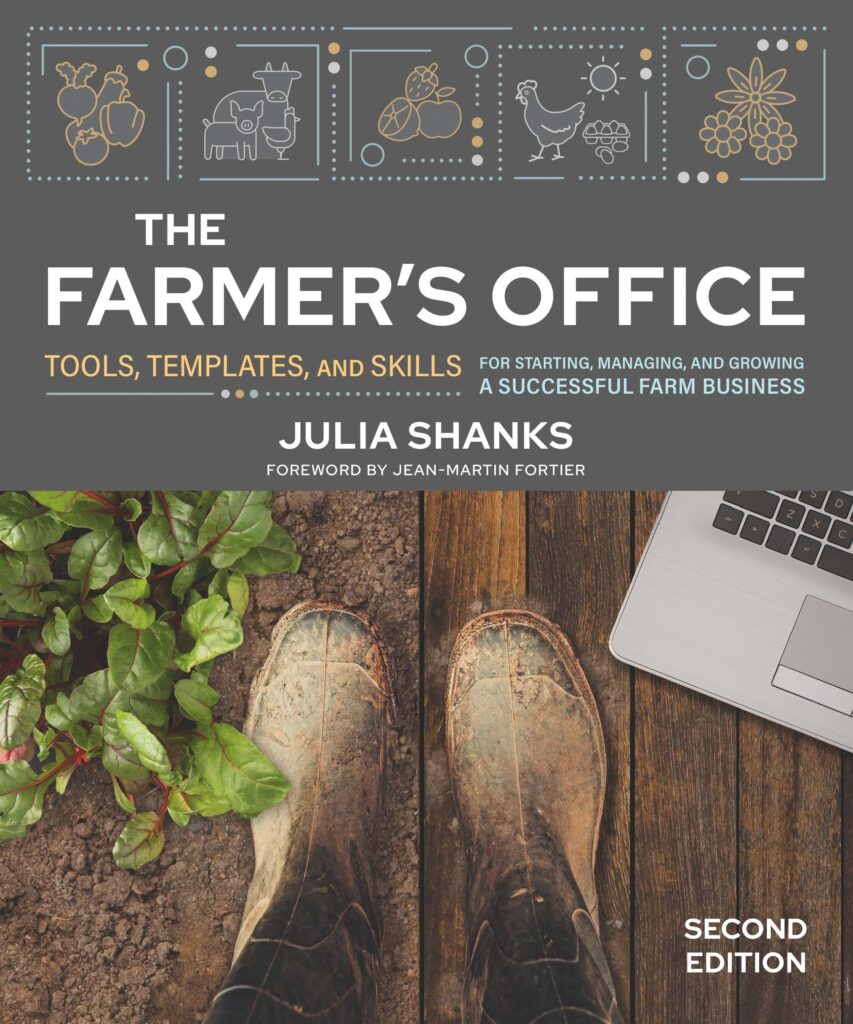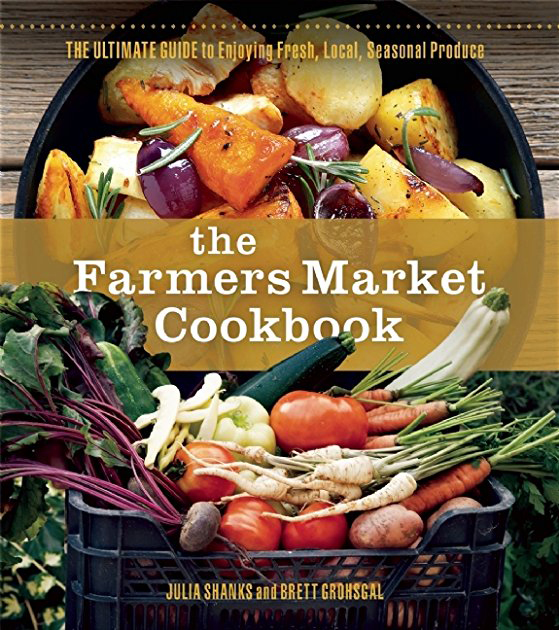Every industry has its own language, and when you mix and mingle in other industries, you need to learn a new lingo. This is especially true if you are applying for a loan or seeking investors to grow your business. An entrepreneur needs to understand the language of the investor/lender so that she can provide the information that they want to see. Here are common terms that you’ll find on loan applications or used by investors.
Annual Revenue
Sometimes referred to as gross income, this is the total money generated through the sale of your goods and services over the period of one calendar year. This is the total amount brought in by the business without regard to operating expenses. Revenues do not include income from sources other than your primary line of business. For example, you may earn interest on a savings account or from the sale of an asset.
Assets
The textbook definition is: “Something that gives future economic benefit as the result of a past transaction”. Assets are listed on the Balance Sheet.
Assets can include your home, car, land, building, large equipment, fixtures, and so on. Typically, the value is greater than $1,000 and has a useful life of longer than 1 year.
When creating a balance sheet, the full current value of the asset should be declared even if you have debt associated with it. The value of the loan associated with the asset is declared separately in the liabilities section. You may also include in your list of assets: inventory and accounts receivable (money that customers owe you for products already sold). (See also: Balance Sheet, Liabilities)
Balance Sheet
Also see video for more details.
One of three financial statements most requested by investors and lenders (the other two being the income statement and cash flow statement), the Balance Sheet offers a summary of your business’s financial position at a given point in time, usually at the end of the calendar year, detailing assets, liabilities and owners’ equity. The Balance Sheet tells what you have (assets) and how you got it, whether it’s a loan (liability) or through earned income and owners’ investment (owners’ equity). The owners’ equity can be calculated by subtracting liabilities from total assets. In other words, this equation always holds true on a Balance Sheet: Assets = Liabilities + Owners’ Equity. (See also: assets, liabilities)
Business Plan
A document prepared by the entrepreneur detailing the past, present and intended future of the enterprise. It explains the business’s strategy to achieve profitability and mission-related goals. The business plan serves two purposes: it helps the entrepreneur think through all details of the business, and it shows this thought and research to the investor to demonstrate that the entrepreneur will be a good steward of their money.
CAPEX
Shorthand for “Capital Expenditures.” This refers to money spent on purchasing or upgrading physical assets such as equipment, buildings or machinery. Capital Expenditures differ from operating expenses in that the purchases give long-term benefit to the business. The initial cost of the asset (except for the cost of land) will then be charged to depreciation expense over the useful life of the asset.
By contrast, routine repairs are considered operating expenses. (See also: expenses, assets, depreciation)
Capital Investments
Also see video for more details.
Money invested in the business with the expectation that the investment will generate income in the future. It is used for capital expenditures as opposed to day-to-day operations or other operating expenses.
Capital Plan
This is a list of capital expenditures a business owner intends to make in the next few years. (See also: CAPEX)
Here is a sample capital plan:
In order to grow our business to meet our goals, we expect to have the following capital expenses:
2009 – $13,000
Basket weeder
Planet Jr. Seeder
Tractor
Hay rake
Winstrip trays
2010 – $16,000
Mulch layer
Water wheel transplanter
Diesel pickup truck
High Clearance Cultivating Tractor
2011 $ $30,000
Green house (30’ by 96’)
Large Tractor with creeper gear, loader and pallet
In the following two years, we will need to raise capital for the purchase of the current farm location from the owner, which is $100,000, or an existing farm in a new location
Cash Flow
Also see video for more details.
The Statement of Cash Flows is one of the three financial statements that you will need to include in your investment package for potential investors. Cash Flows refer to both inflow (money that comes in to your business) and outflow (money you spend on expenses, to purchase assets, pay back loans).
The Cash Flow Statement is divided into three categories: operating, investing and financing.
Cash Flows from Operations include cash inflows from revenues and outflows for operating expenses.
Cash Flow from Investing includes cash inflows from the sale of equipment or other assets, and outflows from the purchase of equipment or other assets.
Cash Flow from Financing includes cash inflows from grants, loans and equity investments, and outflows from the repayment of debt or the distribution of dividends.
Due to the seasonality of businesses, it’s important to show cash flow by month for the first two years of your new venture. While the overall cash flow for the year may be positive, it’s important to recognize that during the slow periods it may be negative (meaning more cash is going out of the business than is coming in), and you’ll need to plan for those periods.
Collateral
An asset pledged as security for a loan.
When borrowing money, the borrower provides specific property as repayment if unable to repay the debt with cash. If collateral is unavailable, a co-signer who guarantees the loan can also be used.
Current Maturity of LTD
Long Term Debt (LTD) is any loan that is not due to be repaid in full for at least one year. For many loans, such as car loans or mortgages, a portion of the principal is due to be repaid each year. The amount of principal that is due within the next 12 months is the current maturity of LTD. (See also: Interest Expenses)
Debt Service
The amount of cash required to pay principal and interest on all loans over a certain period of time.
For example, let’s say you take out a loan for $50,000 loan with 5% interest rate for 5 years. The monthly payments on the loan will be $943.56. Annual Debt Service is $11,148.18 (monthly payment $943.56 * 12).
(See also: Interest Expense, Principal)
Debt Service Coverage
The amount of cash available, after paying annual operating expenses, to meet debt service obligations. (See also EBIDA.)
Debt Service Coverage Ratio
Expressed as a formula: net annual income/total annual debt service. Ideally, the ratio is greater than 1.2. This means you earn enough money in your business to pay your annual debt obligations. (See also EBIDA.)
Depreciation/Amortization
For more details see Depreciation Video.
This refers to the decline in value of an asset, and the process of allocating that amount as an expense on the income statement over several years. Depreciation is used for tangible assets such as a car or equipment. Amortization is used for intangible assets like a patent.
All assets, except for land, have a limited life and decline in usefulness and value over time. When an asset is purchased, the annual depreciation is calculated based on the expected life of the asset.
Expressed as a formula: Annual Depreciation = (Purchase Price – Salvage Value)/Expected Useful Life, where salvage value is the amount the asset is worth at the end of its useful life.
Each year, annual depreciation will be recorded on your income statement. By adding this non-cash expense to your income statement, you can account for the value that the equipment offers to your daily operation. In addition, you will record the “book value” of your assets on your balance sheet. The book value of the asset is calculated by subtracting the total (accumulated) deprecation from the original purchase price.
(See also: Balance Sheet, Assets, Net Income)
Dividends
Distribution of net income to the business owners. This is different than salary: it does not appear on the income statement and does not have payroll taxes deducted. Dividends are listed on the statement of cash flow in the “financing section.”
(See also: Cash Flow Statement)
EBIDA
Earnings Before Interest Depreciation and Amortization. Net Income is calculated to include interest, depreciation and amortization; EBIDA offers a better sense of operating cash flow and the borrower’s ability to repay the debt.
EBIDA = Net Income + Interest Expense + Depreciation Expense + Amortization Expense
(See also: Net Income)
Enterprises
A specific project or venture within a business. If tomatoes and radishes are the product, vegetables are the enterprise. Sausage and roasts are the products, pigs are the enterprise.
Enterprises can be a line of products (such as vegetables or flowers), a single product with multiple formats (pigs or chickens), or a sales channel such as a farm store.
If you have multiple enterprises on your farm, then you know the cost and revenue structure is different for each one, and they will be evaluated individually.
Expenses
The outflow of cash or goods as a result of the ordinary course of running the business such as for the purchase of fuel and top soil, or payment to employees.
Financial Viability
In order for a business to succeed, it needs to have an effective operating plan and strategy for earning revenues and controlling expenses. If the business can operate consistently with a profit (where revenues exceed expenses), as well as pay off loans, it is considered financially viable. Often times, a business will need to make an investment to improve viability. For example, a farm might install a greenhouse in order to extend the growing seasoning, thereby increasing revenues. By making this investment, the farm has improved its financial viability.
Fixed Interest Rate
An interest rate that does not change during the time that a loan is being paid back.
Food Desert
“An area with limited access to affordable and nutritious food, particularly such an area composed of predominantly lower-income neighborhoods and communities.” (2008 Farm Bill)
Food Hub
“A centrally located facility with a business management structure facilitating the aggregation, storage, processing, distribution, and/or marketing of locally/
regionally produced food products.” (USDA Agricultural Marketing Service). For more on food hubs, see our article.
Food Shed
The area of land and sea within a region from which food is produced in order to deliver nutrition to a population base. A local or regional food system includes all the inputs, outputs and processes involved in feeding the population within a foodshed. Note that the foodshed concept does not obviate the goal or need to export or import food outside of a region. (Los Angeles Urban-Rural Roundtable, 2010) Regional Food System “An ideal regional food system describes a system in which as much food as possible to meet the population’s food needs is produced, processed, distributed and purchased at multiple levels and scales within the region, resulting in maximum resilience, minimum importation, and significant economic and social return to all stakeholders in the region. This is known as “self-reliance” as opposed to “self-sufficiency” wherein everything consumed is supplied from within the target area.” (Northeast Sustainable Agriculture Working Group, 2010)
Gross Revenue
Sometimes referred to as gross income, this is the total money generated through the sale of your goods and services over the period of one calendar year. This is the total amount brought in by the business without regard to operating expenses.
Income Statement
For more details, see this video and this one too.
Also referred to as the Profit and Loss, the income statement lists the company’s operating revenues and expense. It demonstrates that the business can earn a profit through the course of running its business. When creating pro-forma income statements for a loan application or investor package, be sure to include 3-5 years. The first two years should be detailed by month.
Food Security
From the supply side, food security refers to a country’s (or state’s, or region’s) ability to produce enough food to support its population. More recently the term has been used to describe the ability of local, state and federal entities to protect the food supply from acts of terrorism. The term is most commonly used today to define the extent to which
a population has access to sufficient, safe and nutritious food to maintain a healthy and active life.
Interest Expense
Noted on the income statement, interest expense is the amount of interest paid on debt owed for a specific period of time. This does not include repayment of principal.
For example, let’s say you take out a loan for $50,000 loan with 5% interest rate for 5 years. The monthly payments on the loan will be $943.56. A portion of the payment is allocated to pay down the principal, and a portion is allocated to pay interest expense. At the end of the first year, you will have paid a total of $11,148.18. Of that, $2,294.98 is interest expense and $9,027.13 in paying down the principal.
- Annual Interest Expense: $2,294.98
- Annual Debt Service: $11,148.18 (monthly payment $943.56 * 12)
- Principal on the Loan at the end of the year: $40,972.87
- Amount Recorded on the Liabilities Section of your year-end Balance Sheet: $40,972.87
(See also: Principal, Debt Service)
Liabilities
The textbook definition is “Future obligations as the result of a past transaction.” Liabilities are debts that a person or business owes. They are listed on the balance sheet.
The liabilities section includes loans or other debts due. This may include car loans, mortgages, credit card debts, as well as outstanding payments due to vendors and suppliers. In the case of mortgages and other loans, only include the amount currently owed, not the original amount borrowed. If you received deposits from customers for goods or services to be provided at a future time, this would also be a liability.
Microloan
A very small, short-term loan. Historically, they have been a tool for impoverished entrepreneurs in developing countries, but are now being offered to small entrepreneurs in need of small financing solutions. In the US, microloans may be offered in amounts ranging from $500 – $50,000.
Net Income
Net Income (also referred to as net profit) is total operating revenues minus total operating expenses, and is detailed on the Income Statement. Annual net income is the amount of profit earned for one calendar year. Total expenses include operating expenses, interest expense, taxes, depreciation and amortization. Expenses do not include repayment of principal on debt. (See also: annual revenues, operating expenses, principal)
Primary Markets
A description of where and to whom you sell the majority of your products. This may be at a farmers’ market, a farm stand, through a CSA, restaurants, or a wholesaler.
Principal
The amount of money borrowed that is still owed on a loan. This is separate from interest expense.
For example, let’s say you take out a loan for $50,000 loan with 5% interest rate for 5-years. The monthly payments on the loan will be $943.56. A portion of the payment is allocated to pay down the principal, and a portion is allocated to pay interest expense. At the end of the first year, you will have paid a total of $11,148.18. Of that, $2,294.98 in interest expense and $9,027.13 in paying down the principal.
- Annual Interest Expense: $2,294.98
- Annual Debt Service: $11,148.18 (monthly payment $943.56 * 12)
- Principal on the Loan at the end of the year: $40,972.87
- Amount Recorded on the Liabilities Section of your year-end Balance Sheet: $40,972.87
(See also: Interest Expense, Debt Service)
Projections
A set of financial statements (income statement, balance sheet and statement of cash flow) prepared by the entrepreneur that outlines anticipated future financial performance. Projections are based on historical performance and assumptions of future performance. A projection is your best guess at how things will go during the year and should be supported by the details in your business plan.
SWOT Analysis (Strengths, Weaknesses Opportunities, and Threats)
This analysis addresses the business’s internal strength and weakness as well as external factors that provide opportunities or pose threats to the business.
When doing a SWOT analysis, it’s important to be realistic about your strengths and weaknesses.
Examples of strengths include:
- Our low employee turnover leads to higher labor efficiency
- Ability to meet demands of the growing market.
- Suzy Q has strong personal relationships with many of her customers and local businesses in the areas where she works. These strong relationships have created many loyal customers and positive word of mouth.
Examples of weaknesses include:
- Lack of equipment means the farm does not utilize labor as efficiently as it could.
- Do not own land.
- Dependency on other farms to produce our “value-add” products.
Examples of Opportunities
- Growing public interest in local and organic products.
- Several new farmers’ markets are opening in our region providing more venues to sell our products.
Examples of Threats
- US economy is unstable, and consumers may be less willing to pay a premium for local and organic products.
- The severe weather (rains of last year, cold winter) diminishes yields.
- The price of grain is rising which will directly increase the cost of animal feed.
Treasury Rate
The Treasury rate refers to the current interest rate that investors earn on debt securities issued by the U.S. Treasury. U.S. Treasury securities are considered to be the safest debt investment. The interest rate paid on Treasuries sets the benchmark for all other loans.
Value Chain
“Strings of companies or collaborating players who work together to satisfy market demands for specific products or services. Sustainable value chains emphasize long-term, significant economic return to all firms in a chain, particularly producers who follow production practices using the highest standards of environmental and community stewardship. In a value chain business arrangement, each actor in the chain must make a mental shift from simply “What is best for my firm and my firm now?” to “What can I do in my firm to maximize the economic, environmental and community benefit to all the members of this value chain?” A significant change often comes in the form of information sharing. In a value chain members need to share a great deal more business information with one another so that all can make better decisions that affect the group.” (www.valuechains.org)
Yearly Debt Service
The amount that you pay each year in principal and interest for outstanding loans. (See also: debt service, interest expense, principal




